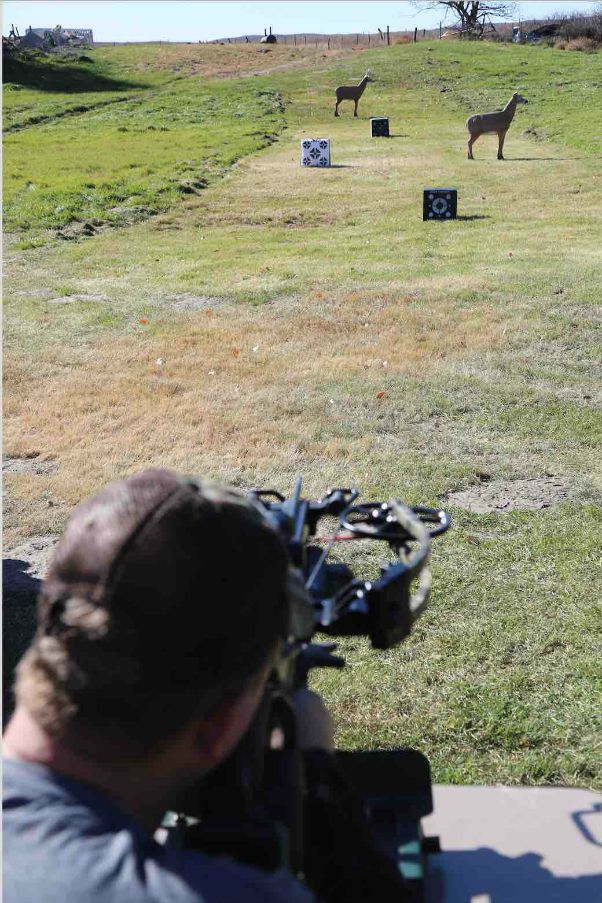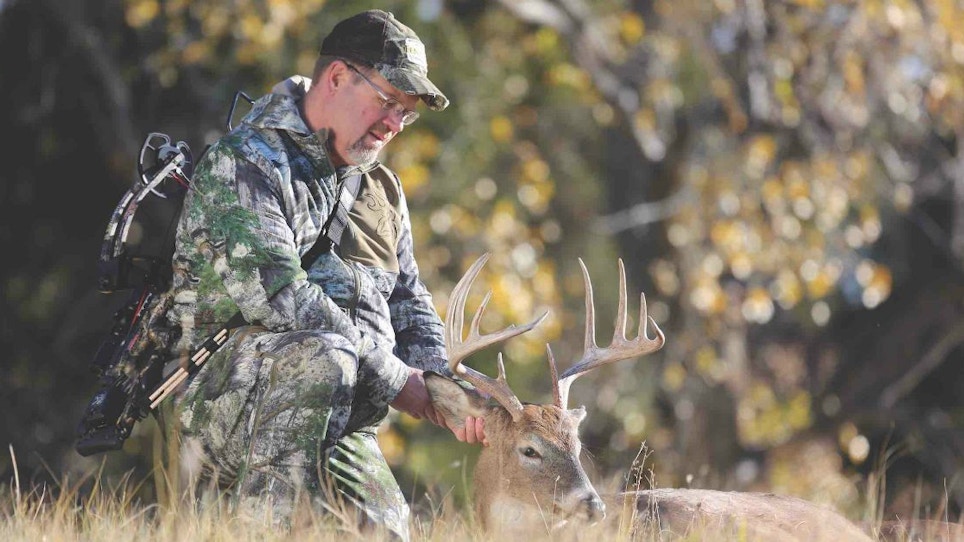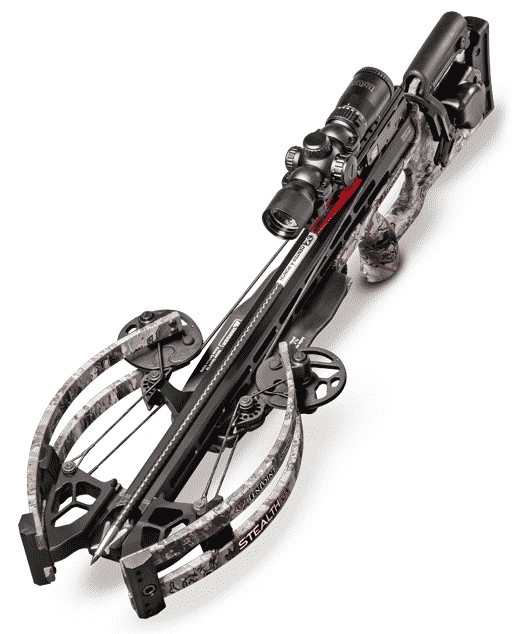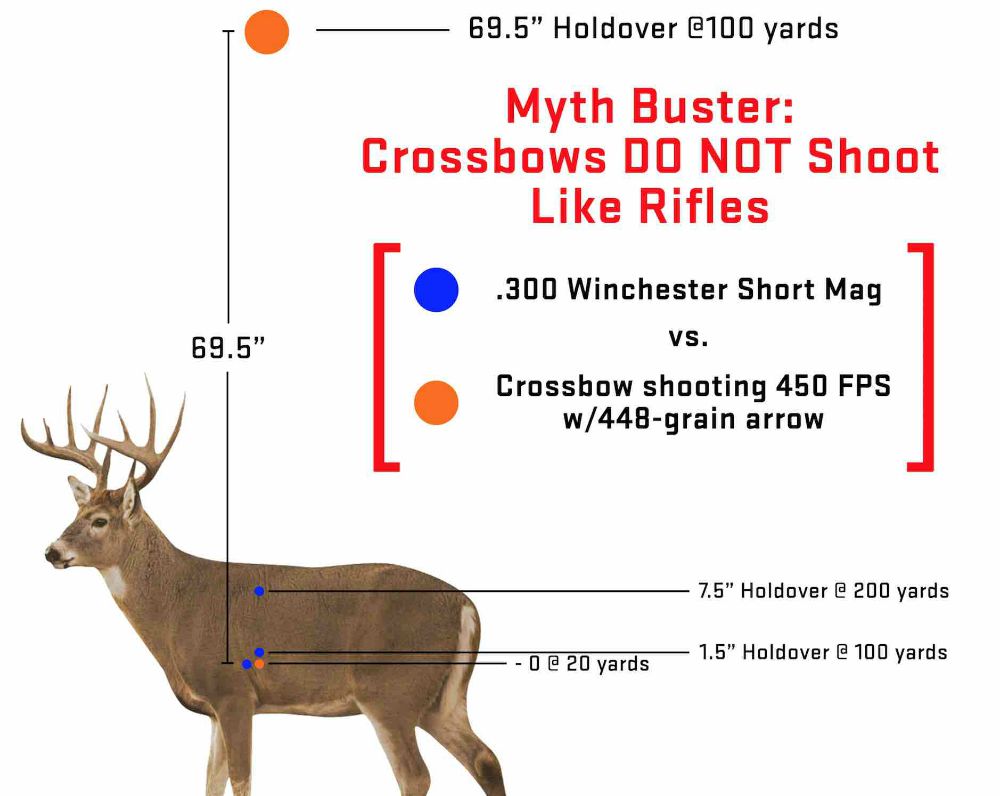Is it safe to say crossbows are medieval tools? Developed in ancient China, crossbows strongly influenced conflicts, war and food gathering. Not unlike modern times, bowmen were trained for using their trusted longbows and uneasy about accepting a change to bows shot on a horizontal plane.
Crossbows represent change, both in ancient Europe and in modern hunting times. The first crossbows were rudimentary in design, resembling a longbow mounted on a base, with a mechanism to hold the string at full draw and to serve as a trigger. Trigger mechanisms have long been the topic of debate, and crossbow enthusiasts have always tried to engineer a better mousetrap when it comes to releasing the string.
In ancient times, wooden disks were notched to hold a string and offer some rotation to ensure you could aim before dialing the device until the string freed itself from the notch. Dowels were later used to insert into the disk, which served as a trigger when removed.
It can be hard to keep up with changes in modern crossbows. Modern string captures can hold an incredible amount of weight and still be triggered with minimal effort. The advancements are engineering feats when you consider the torque and pressure a single trigger point is holding. One can only imagine how many accidental discharges ancient crossbow newbies faced when using a notched disk or dowel. One wrong move, shaky muscles, or a simple bump could launch a bolt with reckless abandon.
 Modern Marvels
Modern Marvels
Modern crossbows not only pass safety tests to ensure accidental trigger activations don’t happen, but most high-quality bows will also offer some type of dry-fire inhibitor. Crossbows need to be used with a mental checklist to ensure you don’t miss a step before pulling the trigger. If you do miss a step, something as simple as forgetting to seat a bolt properly will cause big problems.
Ancient warriors weren’t even capable of dreaming about materials used in modern limb construction. Recurved limbs are still popular and offer a great option for enthusiasts looking for a rugged, traditional crossbow. However, in less than a decade, we’ve seen laminated limbs, wheels, cams, strings and technologies that can make shopping for a new crossbow feel foreign. If you haven’t kept up with the times, it would be like a biblical experience at the Tower of Babble, where a salesperson tries to explain the crossbow components, and you don’t have a clue what they’re saying.
HeliCoil Technology, Vector Quad cable technology, Dual Flex limbs and Sync X Cam are just a few examples of technological names that can make a person scratch their head in bewilderment. Unfortunately, to make an informed purchase, you need to know and understand the current crossbow lingo. If not, you could be paying for something you don’t even know if you need.
The crossbow world could use a dictionary, to allow the average person to look up proprietary names and technologies and know what makes them work. It really reminds me of the clothing market when it raced to become high-tech. One day everyone owns a red-and-black-plaid hunting suit made of wool, and the next thing you know there is Gore-Tex, Cordura, Primaloft, fleece or Sherpa linings and a myriad colors that would make our grandparents roll their eyes in disbelief. For those paying attention, wardrobes for hot, cold, rain, snow and wind keep us more comfortable than ever before, and we know what to look and ask for when shopping for apparel items.
Pay attention to the names and ask for definitions and explanations on how things work. It can be difficult to get things explained in layman’s terms, but endeavor to become informed. Split limbs can generate more speed and energy, as they work like four limbs instead of two. A reversed cam is a simple concept, where the cam rotates away, making the power stroke longer, generating more speed and energy. The concepts do make sense when explained — knowledge is power — not only as a consumer but as a hunter looking for benefits to be more successful in the field.
That Was Then, This Is Now
The newest crossbows are insanely different from anything we’ve seen in the past. Short limbs spanning only 6 inches when cocked look futuristic, but do generate more energy than ever before, like the following options from TenPoint:
The Shadow NXT has a name that helps describe the bow. The word “shadow” suggests a trace, as in a shadow of a doubt. There is no doubt the bow is truly in the “NXT”, or next generation of crossbows. The quiet function with integrated noise and vibration reduction makes sound conspicuous by its absence. The XR6 Cams rotate further than ever before, and Dual Flex Limbs have special pivot points where the Vector Quad Cable Technology, which uses four cables instead of two, stabilizes the bow and generates more energy. It is a lot to digest, but with a 12.2-inch power stroke, narrow limb design and bolts shooting at 380 fps, it’s hard to argue with the fancy terms.
The Stealth NXT (right) uses the same technologies with a 13.5-inch power stroke, zinging arrows at 410 fps. The bow is just 6 inches when cocked, making it small but mighty.
The TenPoint Nitro X is one of the fastest new crossbows on the market, shooting up to 440 fps. The reverse draw limbs increase the power stroke to 16.5 inches, and extra cables generate a slingshot effect to generate more speed than imaginable. Just 7 inches wide when cocked, the RX7 Cams offer maximum rotation, where the slingshot acts like a turbo boost.
Reality Check
Modern technologies mean new advantages to hunters. However, crossbows are still limited in what they should be used for in a hunting situation. Bolts may come off the rail faster than ever before, but short, heavy bolts also lose energy quickly. There are some manufacturers comparing crossbows to rifles, but it is strictly a marketing game. The claims are forcing some jurisdictions to take a second look at allowing crossbows as tools to be used in archery seasons.
Wyoming, for example, is considering removing crossbows as a legal tool for use in archery seasons because they are being compared to rifles instead of bows.
We can only hope that decision makers will always look at the science, as limbs and strings can never do what gunpowder and bullets can. Go to the range and shoot your crossbow at 100 yards so you can see the actual bolt flight and how big of an arc is generated in flight. The time it takes for the bolt to get to the target should make it clear that it isn’t an ethical hunting shot. Choosing a 50-yard maximum range for bowhunting allows accuracy and consistency.
A little fact to leave you with: A crossbow shooting a 448-grain arrow at 450 fps will drop 69.5 inches to hit a target at 100 yards, which can make it seem somewhat medieval. Check out the photo/illustration below for a crossbow/rifle comparison.
Hunting and shooting photos by Brad Fenson








